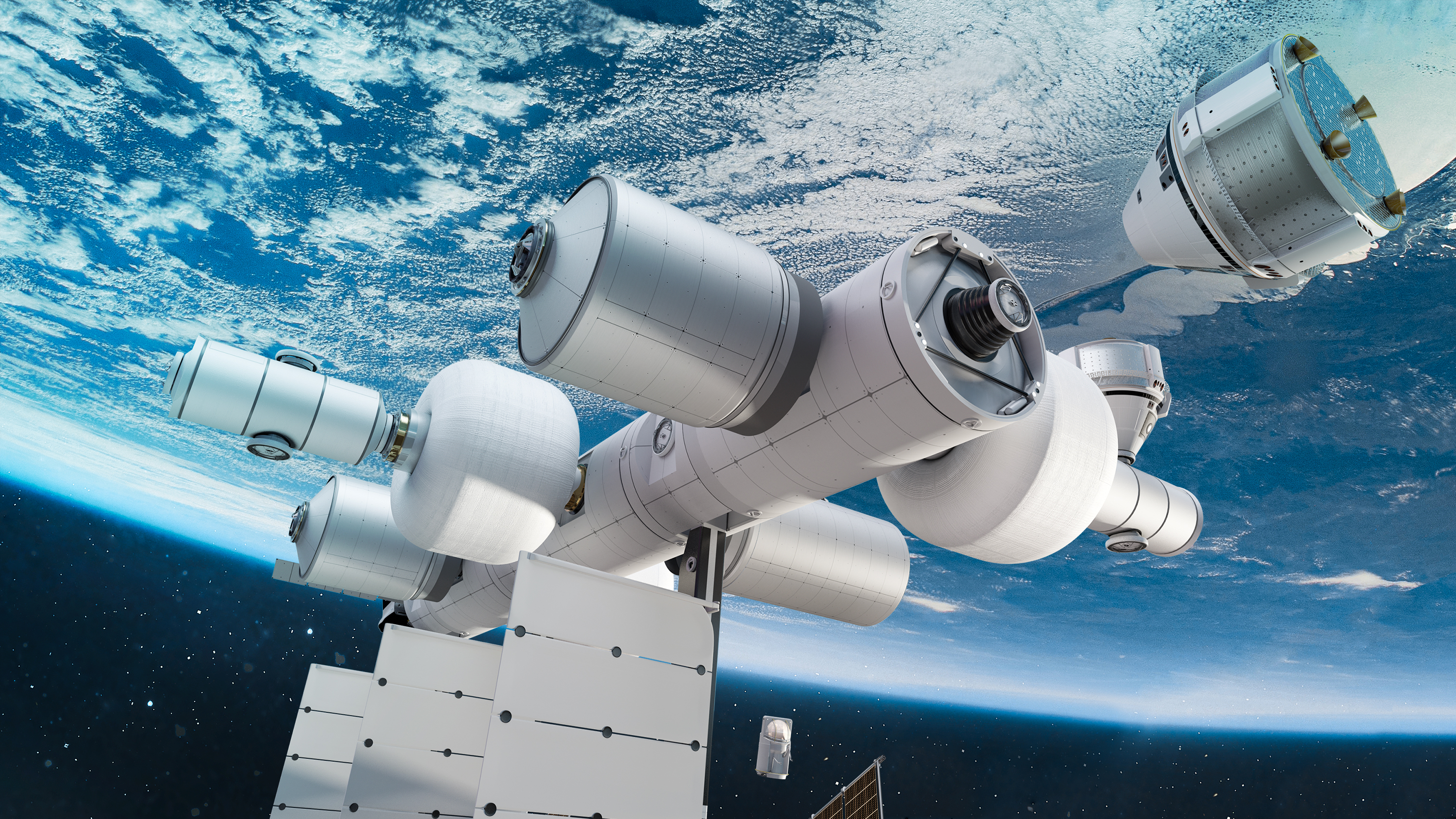Just two days after officially (and quietly) confirming that it intends to replace the International Space Station with a commercial station by 2030, NASA has awarded over $400 million in agreements to three companies to further develop private station plans.
The three companies, which received the awards under the agency’s Commercial low Earth orbit (LEO) Destinations program, are:
- Nanoracks for $160 million
- Blue Origin for $130 million
- Northrop Grumman for $125.6 million
The three companies have already released a handful of details about their proposals. Blue Origin is calling its station concept “Orbital Reef,” and it is designing it with Boeing, Sierra Space and others. The team said it wants to launch the station in 2027. Meanwhile, Nanoracks is calling its station, which is being developed with its parent company Voyager Space and aerospace prime Lockheed Martin, “Starlab.” While Northrop didn’t give its station proposal a flashy name, it’s working with Dynetics to deliver a modular design based around its Cygnus spacecraft.
These substantial awards mark the first phase of a two-phase process as NASA seeks to ensure that there will be no gap between the retirement of the ISS and the introduction of a new station. NASA has repeatedly stressed, both to Congress and more recently in a report by the Office of Inspector General, that the overall success of the development of a thriving economy in LEO is dependent upon avoiding this gap.

Image Credits: Blue Origin (opens in a new window)
“If there is no habitable commercial destination in low Earth orbit after the ISS is decommissioned, NASA will be unable to conduct microgravity health research and technology demonstrations needed for long-duration human exploration missions to the Moon and Mars, significantly increasing the risk of—or delaying—those missions,” the agency said in the report.
To dodge this potential scenario, NASA has proposed for one or more commercial LEO “destinations” (as it sometimes calls stations) to be operational by 2028 – giving a two-year overlap before the ISS is retired by the end of the decade. This first set of awards will help the companies develop their designs, work that is expected to continue through 2025.
In the second phase of the program, NASA intends to certify for human use one or more stations – from this group of companies or other entrants – and ultimately become one of many customers purchasing in-orbit services and use of the stations. NASA said in a statement that this will allow it to focus on its Artemis program, which aims to return humans to the Moon, and eventually human spaceflight to Mars.
Notably absent is Axiom Space, which won a separate award to send up modules to attach to the ISS before separating and self-orbiting as its own station, but the company clarified that it did not bid on CLD.
from TechCrunch https://ift.tt/32IvSTN

0 comments:
Post a Comment